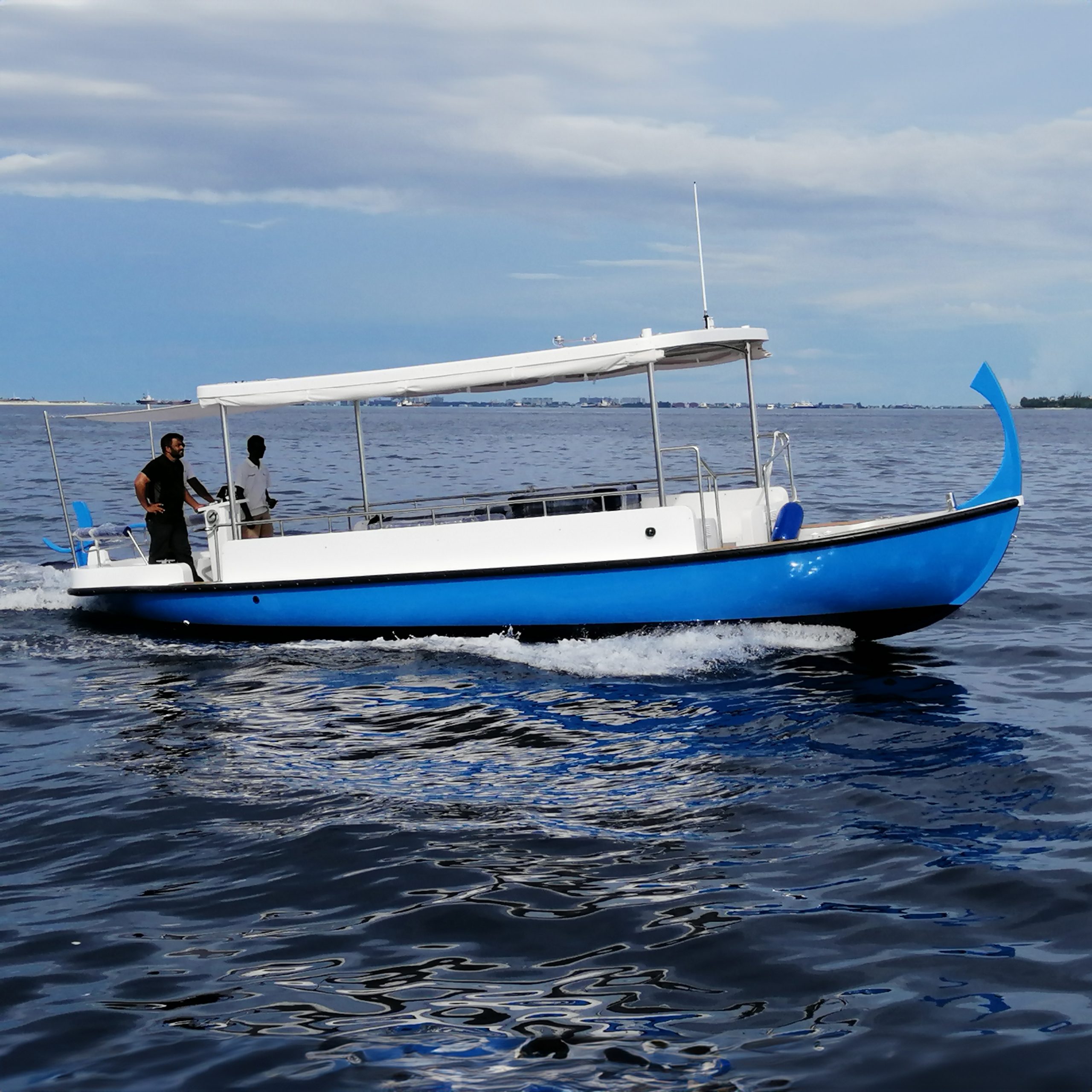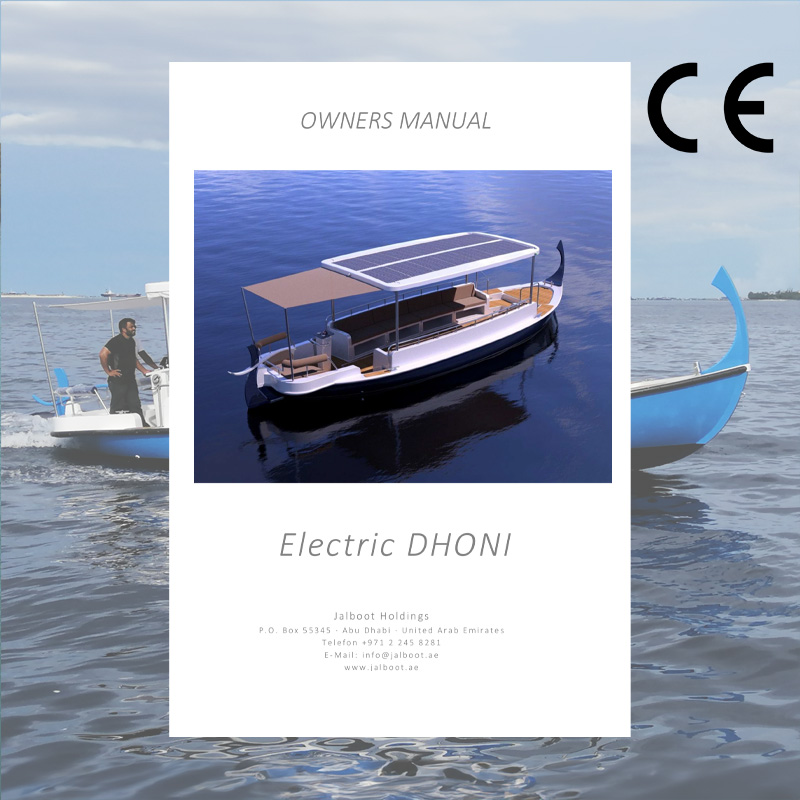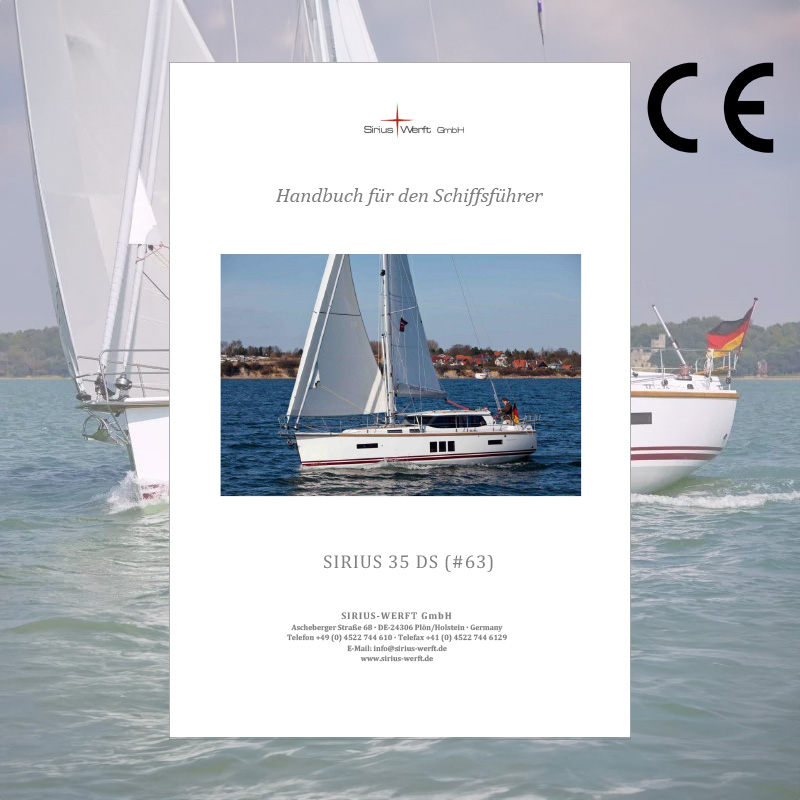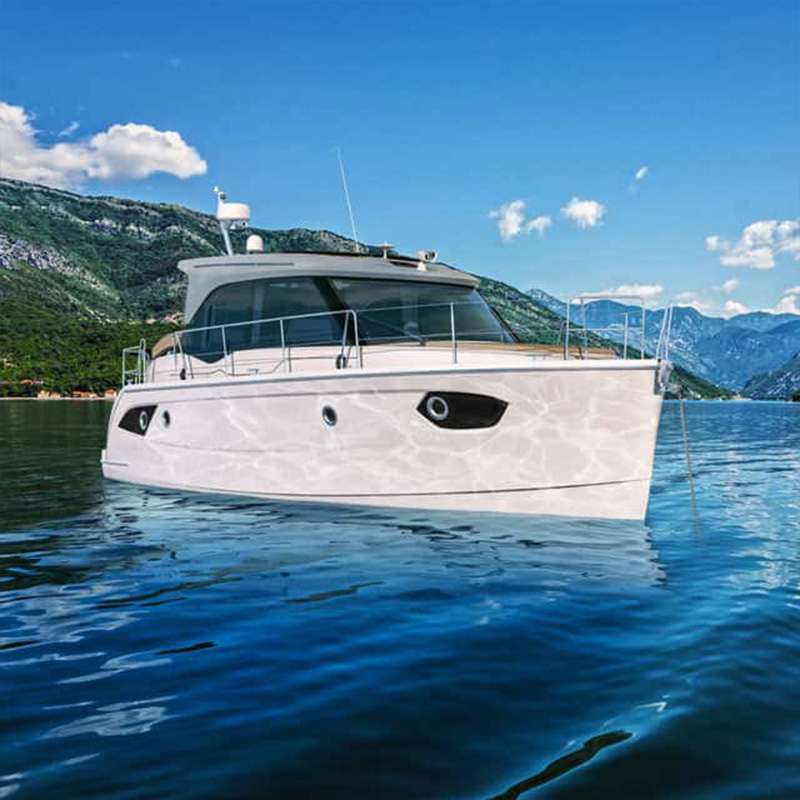
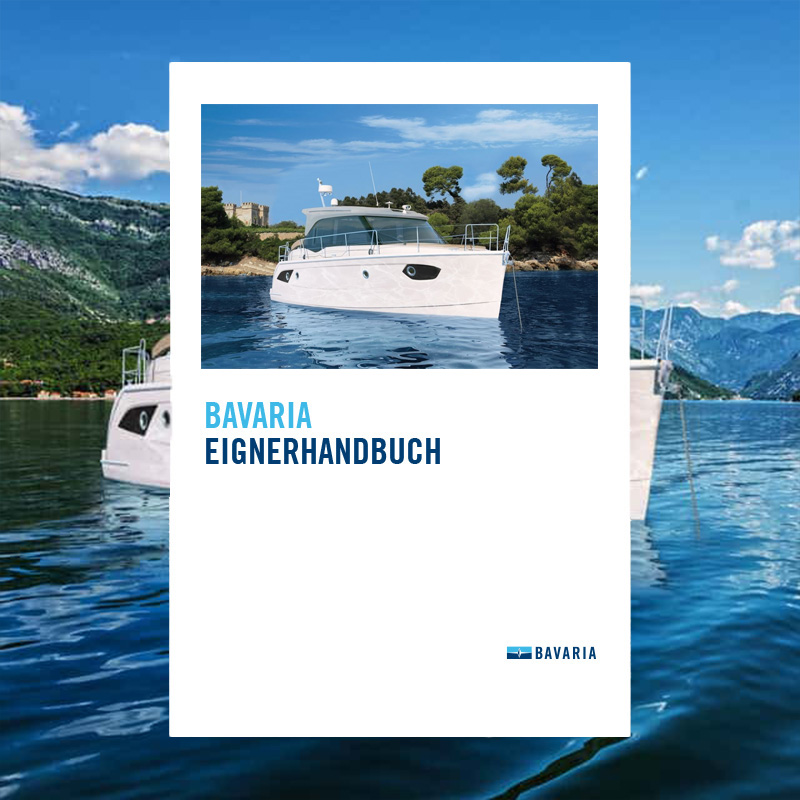
CE Marking for boats
At iYacht GmbH, we assisted with CE certification for a wide range of boats, and this is just one of the many services we offer to the nautical sector.
CE Marking for boats
CE Certification: mandatory in the EU
CE certification is mandatory for selling a product in the European Union, including recreational boats and yachts. Interestingly, this requirement applies regardless of whether the manufacturer, or yard, is located within the EU or not: it is applicable to all boats sold in the EU. At iYacht, we provided our services to both EU-based and extra-EU yards seeking to sell their boats in Europe.
The European Directive 2013/53/EU governs the introduction of recreational craft on the market. Commonly referred to as the ‘CE standard’ or ‘Recreational Craft Directive’, this guideline covers boats with hull lengths ranging from 2.5m up to 24m, and also includes surfboards, kayaks, historical vessels, or submarines.
One of the prerequisites for obtaining CE certification is compiling and submitting the technical file, a set of documents that proves that the product conforms with the EU directives and regulations. The technical file includes an owner’s manual that complies with the applicable regulations, such as the ISO 10240 for small crafts.
Providing the customer with an incomplete manual, or not including some specific details can have devastating consequences if product liability law is applied in case of damage or injuries.
Crafting the owner’s manual, especially for big yachts with complex systems, demands numerous hours of meticulous work. It involves gathering extensive information to create a manual that effectively communicates the yacht’s features from the user’s perspective and describes how to operate the vessel. These manuals must be easy to understand and encompass all necessary information. Above all, they must comply with the latest edition of applicable rules.
Whenever a new edition is released, we diligently study it and update our checklist and calculation sheets accordingly.
Staying updated with the latest editions of the international standards is crucial, especially as regulations are constantly evolving to keep pace with emerging technologies. With the surge in electric boats and onboard electric toys, such as seabobs and eFoils, new standards about high-voltage electrical systems are emerging.
For these reasons, many shipyards opt to outsource this task to specialized companies. iYacht offers an efficient and cost-effective solution to get CE certification and documentation that can protect the yard from a legal point of view in case of injuries.
iYacht’s procedures
At iYacht, we are able to handle CE certification for a wide range of boats, from small crafts to superyachts, from sailing yachts to houseboats.
Our process begins with assessing the preexistent documents done by the shipyard and identifying necessary actions, which often involve updating incomplete technical documentation or providing new CE plates.
We start by pinpointing the areas that require improvement and proceed accordingly.
When it comes to larger yachts, we thoroughly inspect the vessel, during which we take detailed photos and document the systems and installations.
This step is crucial for accurately writing the manual.
In this case, the whole is greater than the sum of its parts: the installed system is much more complex than the mere sum of its components. To correctly describe a system , such as the electrical system, it is also important to identify the location of critical components such as batteries and clearly describe how to operate these components.
The same principle applies to the hydraulic system, fire fighting system, lubrication system, and so on.
For small crafts, especially those with no cabins, we have created an internal streamlined and optimized procedure to expedite the process, reduce workload, and minimize costs. In such cases, we provide shipyards with a comprehensive list of required information and documents that enable us to efficiently carry out the tasks. Additionally, if needed we may provide clients with written procedures to enable the yard to work autonomously.
Each manual includes a declaration of conformity, where the manufacturer (or the authorized representative in the EU) certifies that the boat has been tested according to selected test modules and built in compliance with the directive.
This declaration is essential, as without this, the CE certification is not valid.
It is necessary also to apply a manufacturer’s nameplate that must include details such as the producer’s name, the CE marking, maximum load and recommendations regarding the number of people allowed on board.
At iYacht, we also conduct necessary calculations to ensure compliance with regulations, including stability calculations. Over the years, we have developed an in-house checklist covering materials and key elements that certification bodies inspect during assessments leading to CE certifications. This allows us to carry out pre-inspection assessments. Our checklist includes a comprehensive list of items to inspect, including the steering wheel and system, fuel tanks, windows and hatches, as well as glass material and thickness.
Houseboats and CE marking
Among the sectors in which we operate, houseboat is a field in which we have extensive expertise. With a wealth of experience spanning 15 years in houseboats and floating facilities, Udo A. Hafner, CEO of iYacht, has also co-authored a comprehensive book about houseboats with the editor-in-chief of BOOTE magazine.
In recent years, there has been a shift towards certifying new houseboats in CE category C, instead of D. Some yards have begun certifying their houseboats in this category to market them as safer and more seaworthy, and as a result, the entire market is now adapting and aiming to certify their new models in this category to keep up with competitors.
The step is quite significant, as boats designed for category C must be able to withstand 2-meter-high waves and winds up to force 6, while category D boats are for inshore waters, designed for wave heights up to 0.3 meters and force 4 winds.
If the market plan and forecasted sales of a new houseboat are based on the assumption of obtaining the CE certification in category C, it is better to consider those requirements as early as possible in the design phase. Even from a construction point of view, updating to a different requirement of a higher CE class can represent a significant challenge.
Just as an example: the thickness of windows is a significant factor for houseboats seeking certification in category C instead of category D. Often, the thickness of window glass is not enough to comply with the requirements, especially when it comes to large houseboats with wide windows, against which waves can break.
Expertise & Passion
At iYacht GmbH, we assisted with CE certification for a wide range of boats, and this is just one of the many services we offer to the nautical sector.
This diversity of boats we work with, the complexity that each new challenge brings, and the wide range of services we provide make our team even more passionate about their work.
Veit Spohr from iYacht is deeply involved in CE certification.
He has a wide experience in this field; he conducts stability assessments and also brings his competences during the design phase, pre-evaluating the boat when it is still being designed or engineered.
“This role gives me the opportunity to deal with a wide variety of boats, from houseboats to big sailing yachts and catamarans. By stepping on board, documenting the boat, and performing many tests, I have the opportunity to get to know the nuances of each vessel firsthand” said Viet Spohr.
In addition to the documentation leading up to CE certification, at iYacht, we also fulfill custom requests such as performing special tests or writing procedures on behalf of the client to enable the yard to perform the tests themselves.
For example, we recently conducted inclining tests for a sailing boat available in three different keel options. This test involves heeling the yacht over to a known angle using weights and then calculating the vertical center of gravity for the boat in each keel configuration, data needed to perform stability calculations.
For boats smaller than 6m in length overall (LOA), regulations provide the option to run a drop test, in which the boat free-falls into the water and then undergoes inspection. If successful, this test validates the design without having to perform calculations.
In such cases, we can provide the client with the procedure so they can carry out the test by themselves, keeping costs down and speeding up the whole process.
Authorized partner of Swiss Lloyd
If you need CE marking for your project, whether it is a houseboat, a sailing boat, or a superyacht, we can take care of it.
After the initial meeting, we will sort out all the documents, identify and study all the applicable regulations, perform the necessary calculations, and write the owner’s manual.
Then, we will take care of the entire procedure, including arranging the scope of work with the notified body, contacting the surveyor, organizing inspections and tests, and guiding the process until the final submission of the certificate.
As a partner of Swiss Lloyd, a notified body designated to assess product conformity, we ensure a thorough and efficient process compliant with applicable legislation.
